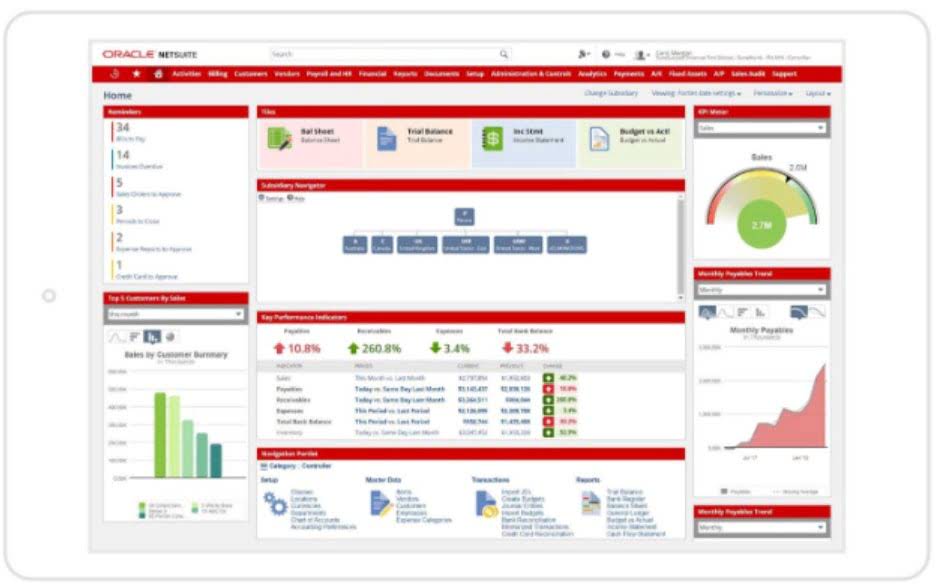
What Is Capital Budgeting: Definition and Meaning

There is no single method of capital budgeting; in fact, companies may find it helpful to prepare a single capital budget using the variety of methods discussed below. This way, the company can identify gaps in one analysis or consider implications across methods it would not have otherwise thought about. Capital budgeting's main goal is to identify projects that produce cash flows that exceed the cost of the project for a company.

Other times, there may be a series of outflows that represent periodic project payments. In either case, companies may strive to calculate a target discount rate or specific net cash flow figure at the end of a project. A capital budgeting decision is both a financial commitment and an investment. By taking on a project, the business is making a financial commitment, but it is also investing in its longer-term direction that will likely have an influence on future projects the company considers.
What you need to know about capital budgeting
NPV is the sum of the present values of all the expected incremental cash flows of a project discounted at a required rate of return less than the present value of the cost of the investment. An entity must give priority to profitable projects as per the timing of the project’s cash flows, available company resources, and a company’s overall strategies. The projects that look promising individually may be undesirable strategically. Thus, prioritizing and scheduling projects is important because of the financial and other resource issues. Despite being an easy and time-efficient method, the Payback Period cannot be called optimum as it does not consider the time value of money. The cash flows at the earlier stages are better than the ones coming in at later stages.

Cash flow forecasting is a critical step in the capital budgeting process as it involves quantifying the return a project is expected to generate over its lifetime. Cash inflows and outflows are estimated and then discounted capital budgeting involves to calculate the net present value (NPV), which plays a significant role in determining the viability of a project. Other methods can also be used, such as the Internal Rate of Return (IRR) or the payback period.
Ranking Projects With Capital Budgeting
Also, payback analysis doesn't typically include any cash flows near the end of the project's life. As a result, payback analysis is not considered a true measure of how profitable a project is, but instead provides a rough estimate of how quickly an initial investment can be recouped. Capital budgeting can be calculated using various techniques such as NPV, IRR, PI, payback period, discounted payback period, and MIRR. The calculation involves estimating cash flows, determining the discount rate, and evaluating the project’s feasibility based on the selected technique. In a globalized economy, geopolitical risks have become a crucial factor in capital budgeting decisions.
With NetSuite, you go live in a predictable timeframe — smart, stepped implementations begin with sales and span the entire customer lifecycle, so there’s continuity from sales to services to support. All in all, the follow-up system for all the invoices can be passed on to the system of Deskera Books and it will look into it for you. You can have access to Deskera's ready-made Profit and Loss Statement, Balance Sheet, and other financial reports in an instant. Such cloud systems substantially improve cash flow for your business directly as well as indirectly.
SIIT Courses and Certification
Also Online IT Certification Courses & Online Technical Certificate Programs

